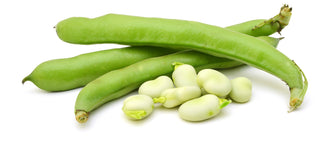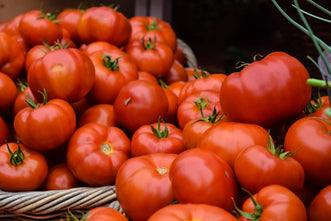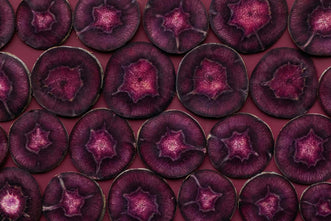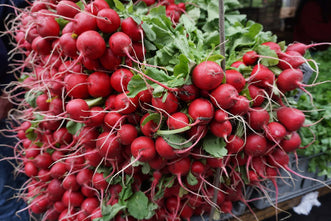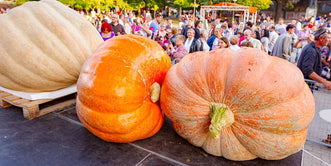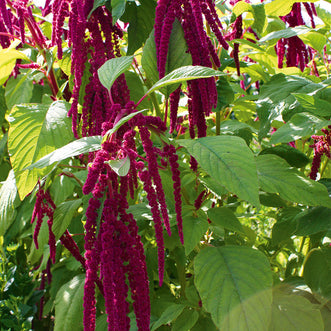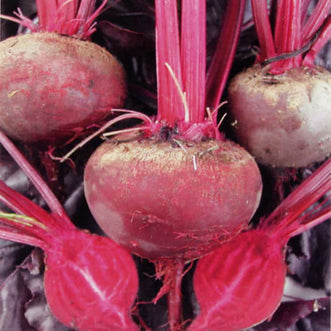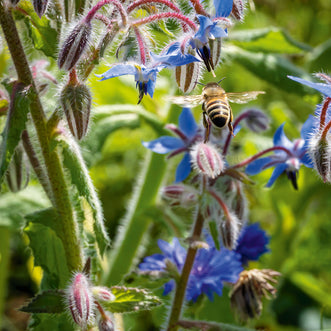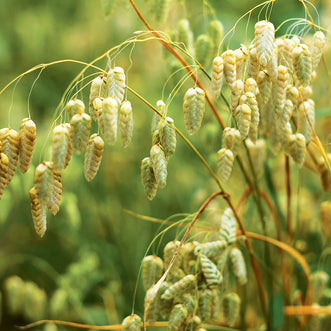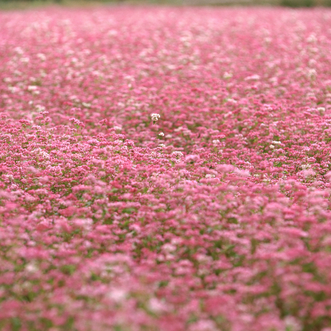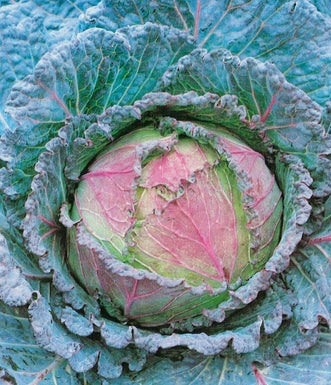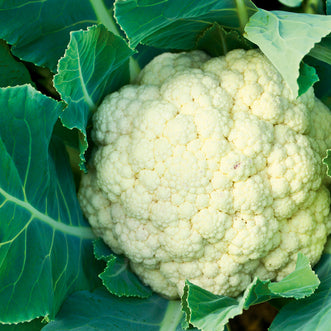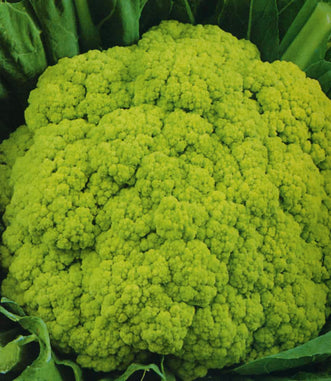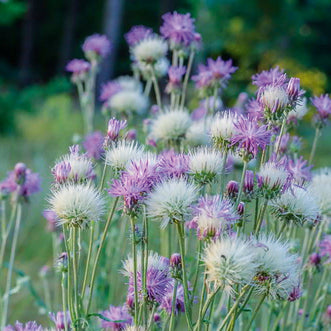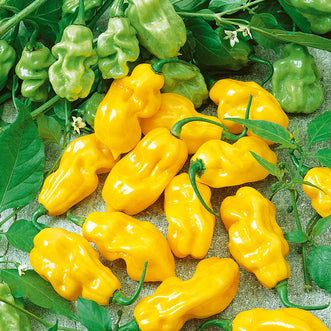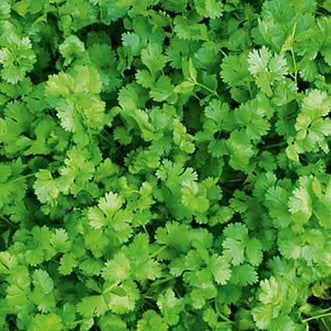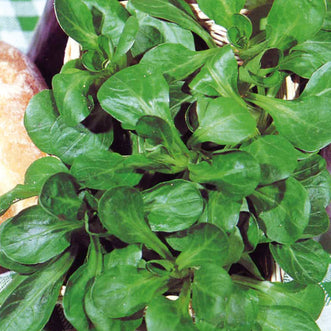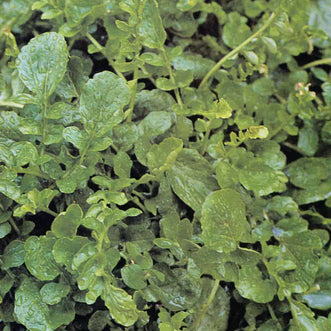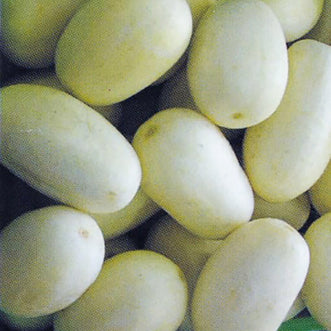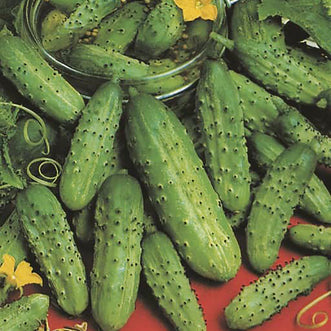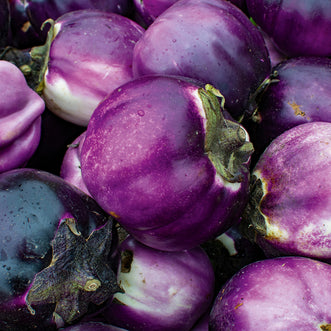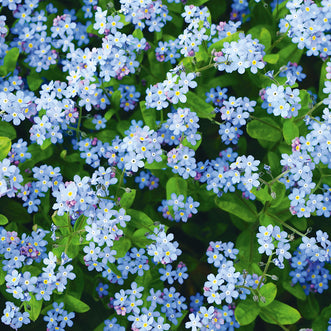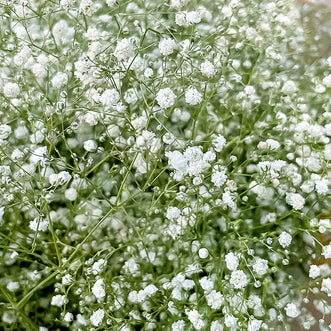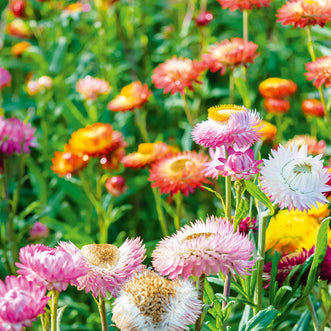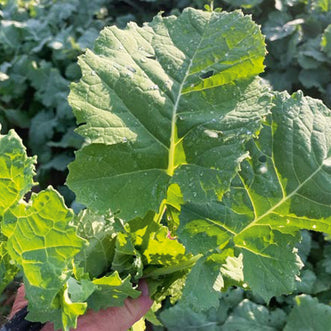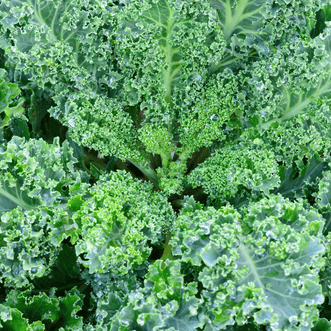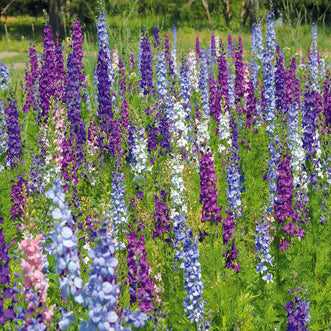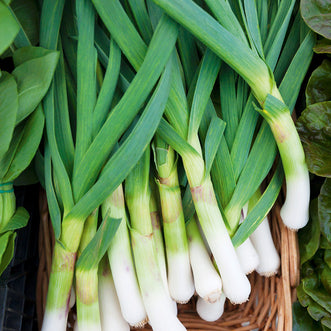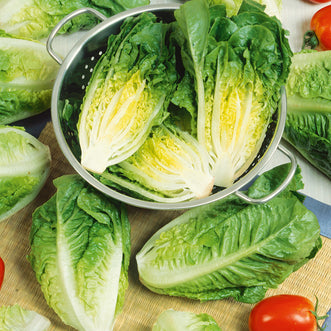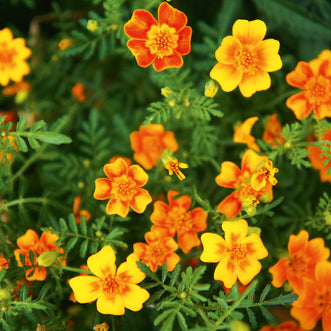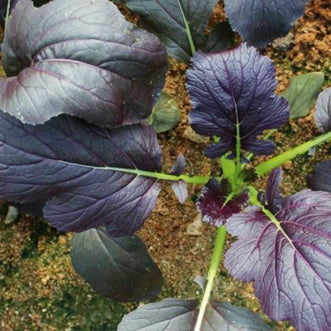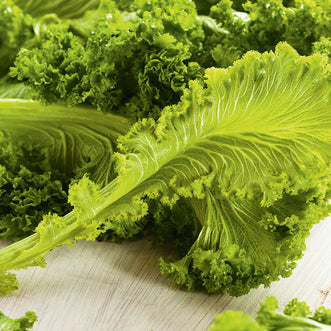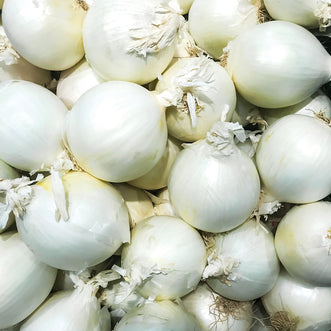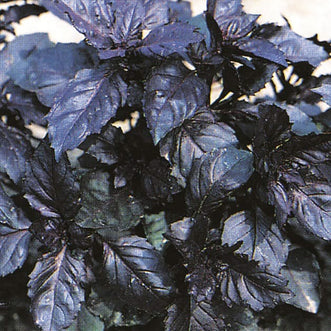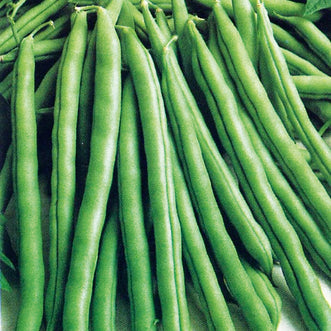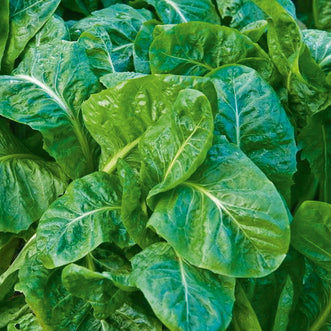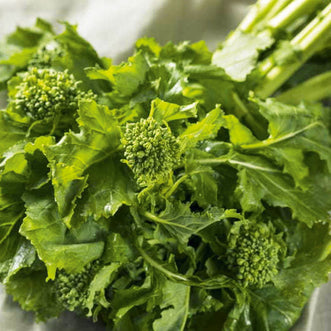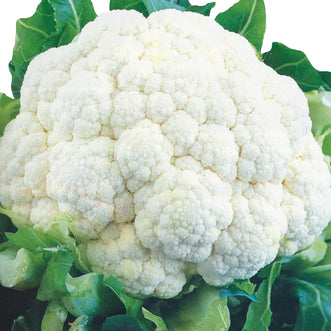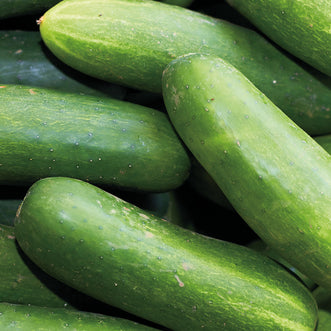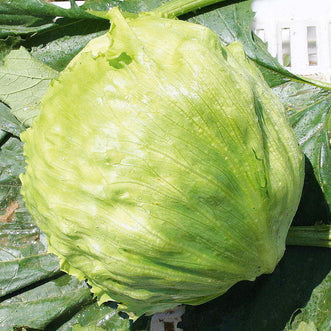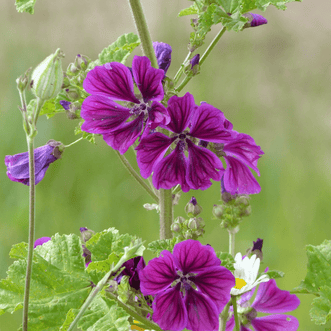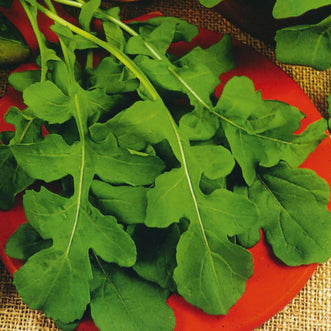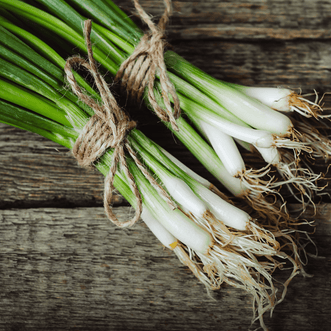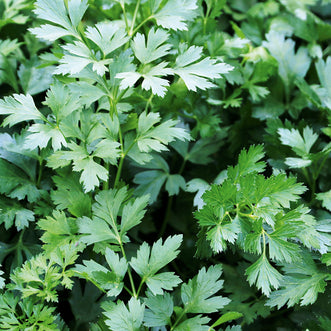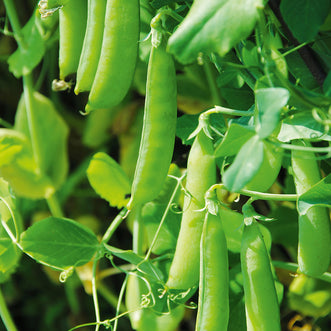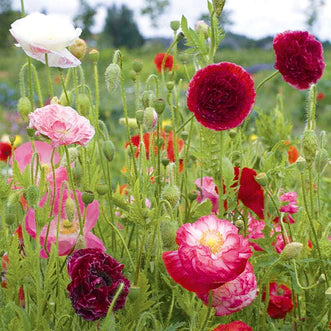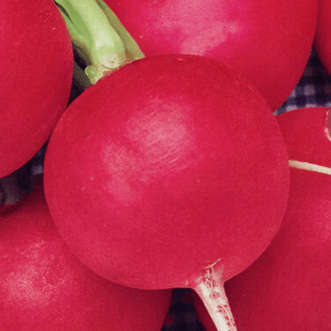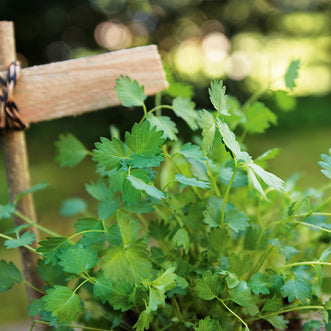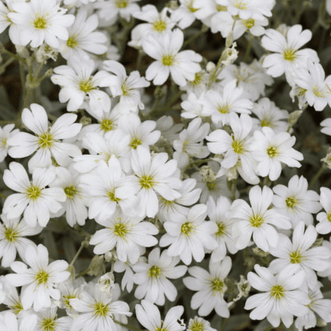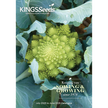Kings Seeds Soybean

PLEASE NOTE: this blog was written when Soy beans were in stock. They have proven to be difficult to purchase from a reliable source but we're continuously trying to source them so that is why you will not always find them in our catalogue. Thx.
Kings Seeds is open to the public on Friday mornings. Last Friday, Gerard had a visitor who had some questions about growing Soy beans. So of course that made me curious and so I have been looking up info on soy beans this week. Sure enough, now Soy beans have joined the queue of plants waiting for me to find growing space for them in my garden. I don't have room for them this year but I thought I would share my enthusiasm with you - maybe there is someone out there who does have room for them!
The soy bean plant (Glycine max) is a bushy annual legume which grows to about 75cm tall. The flowers are white with lavender shading and the bean pods grow in clusters. Each fuzzy pod contains 2 to 4 seeds.
Before planting, prepare your site by adding aged compost to the soil. Soy beans are tender warm-weather legumes. Sow soy beans in Spring, two to three weeks after the average last frost date, when the soil has warmed up to at least 15°C. Soy beans are not frost tolerant. (Aside: Neither am I. Especially at this time of year!) You can get your soy bean seedlings started earlier by sowing undercover and planting out when the temperatures are warm enough and when all danger of frosts has passed. Soy beans grow best when the daytime temperature averages at least 20°C.
Sow soy bean seeds 2-5 cm deep, about 5 to 10 cm apart, in rows spaced about 60-75cm apart. For a good supply of soy beans you will need about 4-8 plants per person (depending on how many soy beans you would like to gobble up or process into other soy products). Thin successful seedlings to 10-15cm apart by cutting thinnings with scissors at ground level so as not to disturb the roots of remaining plants. Do not soak seed before planting and do not over water immediately after planting as seeds that are too moist may crack and germinate poorly.
Plant them in full sun - they will tolerate partial shade but you will get a better yield if they are in a sunny position. They grow best in loose, well-drained soil rich in organic matter but will tolerate a poor soil. Soybeans prefer a soil pH of 6.0 to 6.8. Keep the planting beds evenly moist until the soybeans have pushed through the soil and water regularly during flowering and pod formation. Mulching will help conserve soil moisture during the heat of summer.
Some suggested companion plants for soy beans are potatoes, cucumbers, corn, strawberries, celery, and summer savory. They are best planted away from onion or garlic.
You can harvest soy beans either as green beans, also known as Edamame, or as dried, mature beans. Soy beans for use as edamame are ready for harvest when the pods are green and plump, about half mature, 45-65 days from sowing.
The dried beans require 100 or more days to reach harvest. All the beans on the plant will reach maturity at the same time, which makes harvesting easy - just pull up the whole plant and hang it upside down to dry it. The dry beans can be shelled once the pods are fully dry - they will store well in a cool, dry place.
As well as learning how to grow soy beans, I wanted to know about the different uses for soy beans once you had grown them. Eating the green soy beans as damage certainly sounds delicious - you simply toss the green bean pods into salty boiling water and boil over high heat for 5-6 mins. Drain and serve either hot or at room temperature. You eat the bean by squeezing it out of the pod into your mouth - the pods are discarded. Edamame sounds like a fun treat. Be aware that uncooked soy beans contain trypsin inhibitors which make them toxic to humans (and pigs and chickens) - you must cook soy beans. The following recipe also sounds delicious:
Edamame With Mint, Almonds, And Spring Onions
500g shelled edamame, cooked about 3 minutes in boiling water, then drained and cooled
2 Tablespoons sesame oil
1 Tablespoon rice wine vinegar
2 Tablespoons soy sauce
1/2 teaspoon chilli sauce
1/4 cup sliced almonds (or chopped peanuts or cashews)
2 thinly sliced spring onions
1/4 cup chopped mint or coriander
Combine sesame oil, soy sauce, chilli sauce, and vinegar. Taste and adjust seasoning to taste. Toss the edamame and the dressing together in a large bowl, then add the mint, scallions, and almonds and toss again. Serve at room temperature. This is also nice with the addition of some finely chopped fresh ginger.
If you are a try-making-it-at-home type, then you could also try using your green soy beans to make your own soy sauce. I'm not sure if I want to try this....but if you are interested, here is a link to a recipe to try (let me know how it went!!)
If you have harvested the dried beans, you can use them like any dried bean in soups and bakes - delicious! There are some other interesting things you can do with them!
When I started to look into how to make your own soy milk and tofu from soy beans, I found a wonderful food blog with an article on making soy milk (complete with photos) - if you are interested, click here.
There is also a follow-on article which explains how to make the soy milk into tofu - click here!
Soy beans contain all three of the macro-nutrients required for good nutrition - complete protein, carbohydrate and fat, as well as vitamins and minerals, including calcium, genetically and iron. They are the only common plant food that contain complete protein and they provide all the essential amino acids in the amounts needed for human health. The amino acid profile of soy protein is nearly equivalent in quality to meat, milk and egg protein.
Growing your own soy beans means that you know "where they have been" (bean?). Ninety one percent of soy beans grown in the US are genetically modified and it can be difficult knowing where your soy products originated. If you are not a fan of GM crops, then growing your own soy beans might appeal. Fresh out of your own nice backyard!!

